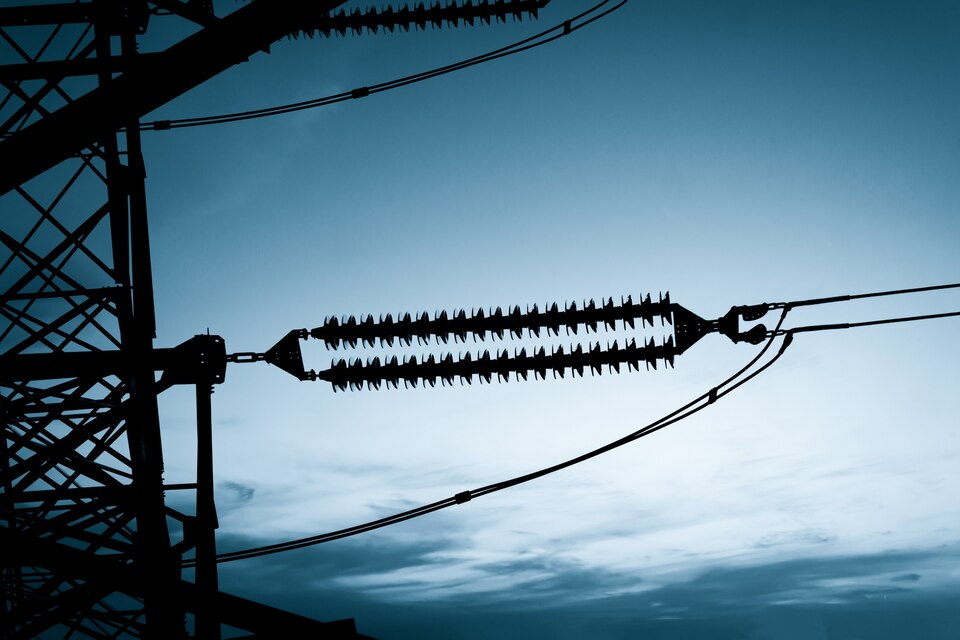
Electrical Safety of Low Voltage Systems
Introduction
Their presence includes all electrical systems that are usually envisioned by modern infrastructure, be it a house, workplace, or a public space. In all of these, low voltage systems have contributed to making possible various functionalities: lighting, communication, and complete building automation. While people generally perceive low voltage systems as being safer than high voltage ones, such systems also have threats and safety issues. Thus, understanding the risks, applications, and innovations associated with this field would be necessary for ensuring efficiency while keeping safety.
Today’s blog captures precisely that: the finer details of low voltage electrical systems, their dangers, and innovations such as EPOWER that bring additional safety and reliability to the systems.
What is Low Voltage Electrical Work?
Low voltage electrical installation refers to numbers below 50 volts AC or 120 volts DC. Among many applications are lighting, telecommunications, security, and building automation, as used generally in residential, commercial, and industrial settings.
Low voltage professionals must be certified and especially skilled in the services they provide. In contrast to high-voltage systems, low-voltage systems require great attention to detail for safety and performance. This does not mean that the systems are of lower energy levels; however, care must be taken in design and maintenance since dangers such as short circuits and equipment failure abound.
Dangers of Low Voltage Electricity
Nonetheless found to pose a lesser risk, low voltage can nonetheless invite calamities if not well taken care of. These include the following:
1. Electrical fires
. Poor maintenance schedules in low-voltage systems induce overheating; eventually, fires occur. Also, components wearing out or circuits overloading could short-circuit and produce substantial physical damage.
2. Electric shock.
Even low voltage can generate a shock under some circumstances, especially in conjunction with wet conditions or defective equipment.
3. System break down.
Low voltage systems such as building automation or fire alarms are not only life-and-safety but also compromise efficiency resulting in accidents or delayed emergency response.
Low Voltage Electrical Systems
Today low voltage electrical systems are all important in the modern infrastructure. There are applications of a wide variety. Some of them are:
1. Building Automation System
Integrating the heating, ventilation, air conditioning (HVAC) systems-moisture, lighting, and other features-functioning efficiently together, greatly minimizes the living cost energy usage.
2. Communication Systems
Telecommunication-based low voltage is the main infrastructures covering internet connectivity, data centers, and audiovisual systems.
3. Safety and Security
Fire alarms, surveillance, and access controls that depend on the low voltage environment are protecting people and properties.
From the point of new developments, all these low voltages are becoming intelligent, getting into IoT technology, and remote-control mechanisms to increase safety and operational flexibility.
The Advantages of EPOWER
EPOWER has transformed the way low voltage electrical systems can be managed with smart technologies that attend to relevant safety concerns in an innovative way that subserves operational efficiency while mitigating risks. Such advantages comprise:
1- Real-Time Temperature Monitoring
EPOWER installs thermal sensors inside electrical distribution boxes, highlighting possible dangers beforehand. This system undertakes constant temperature changes monitoring wherein the same data is immediately displayed on LED screens on the electrical branch cables.
2- Proactive Harm Prevention
Increased temperature bursts of a current above usual cause circuit interruptions to prevent overheating which would have led to fire hazards. It will manage the alerts to notify building owners through mobile notifications for immediate actions.
3- Seamless Integration to BMS
EPOWER solutions are very much integrated into the existing BMS to deliver a complete picture for electrical safety and thus enable remote control from IoT and SMS systems.
4- Fully Custom-made and Scalable Technology
EPOWER modular design puts a perfect foundation for personalized solutions, typically infrared and smoke sensors for high-risk areas, making it eligible for different types of buildings and safety concerns.
Using the smart solutions of EPOWER, companies and house owners reduce chances of fire breakout significantly, increase energy efficiency, and improve the current safety level within their low voltage systems. It is a whole new dimension of electrical safety by combining the highly advanced technology with a user-centric design.
Conclusion
Low voltage systems are such vital components of the modern infrastructure; they require cautious management to avoid possible hazards. As the dangers posed by low voltage systems range widely from electrical fire hazards to operational failure, so also becomes the reason for advance safety measures. EPOWER’s solutions for safety go farther by being the very way the company addresses the emergent need for advanced and integrated electrical safety.
Real-time monitoring, automatic hazard prevention, and incorporation of integrated building management and other systems for lower voltage electrical networks define the standard EPOWER is redefining the reliability and safety of such systems. Such investments go a long way in protecting lives and properties, besides enhancing energy efficiency and operational excellence in many ways.



